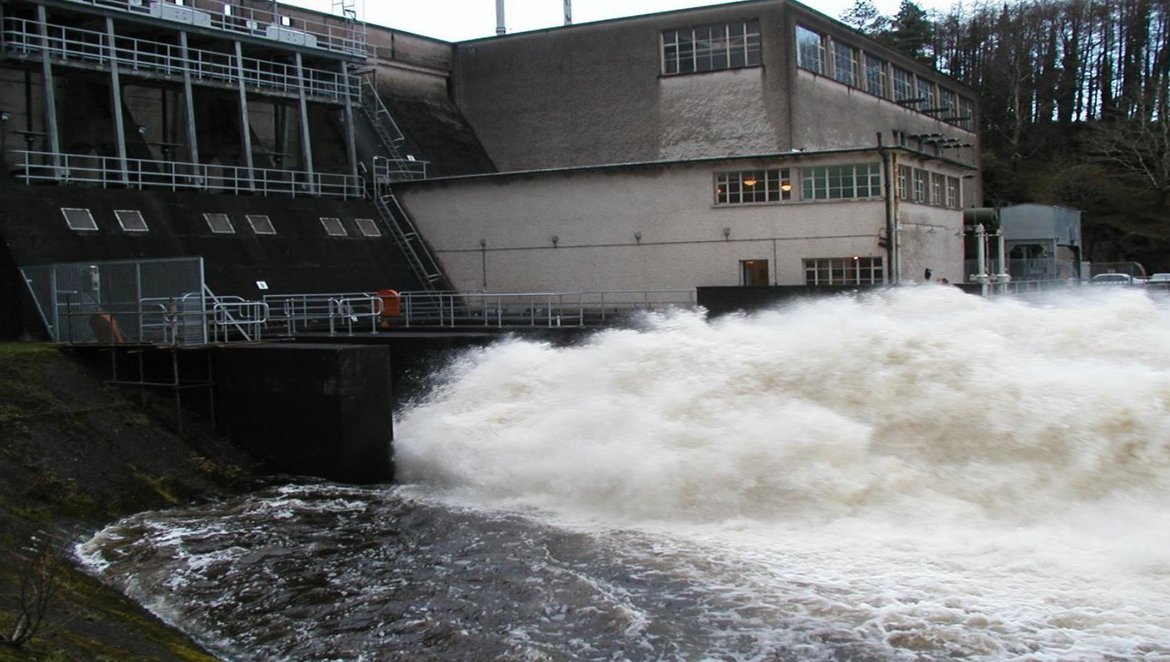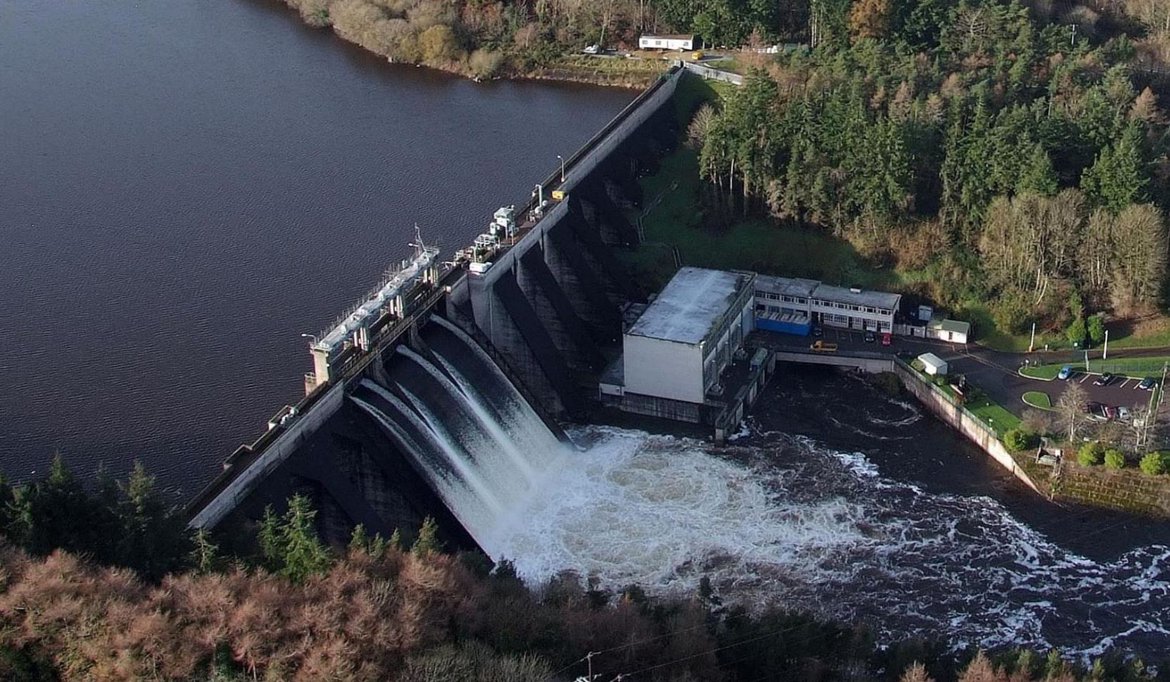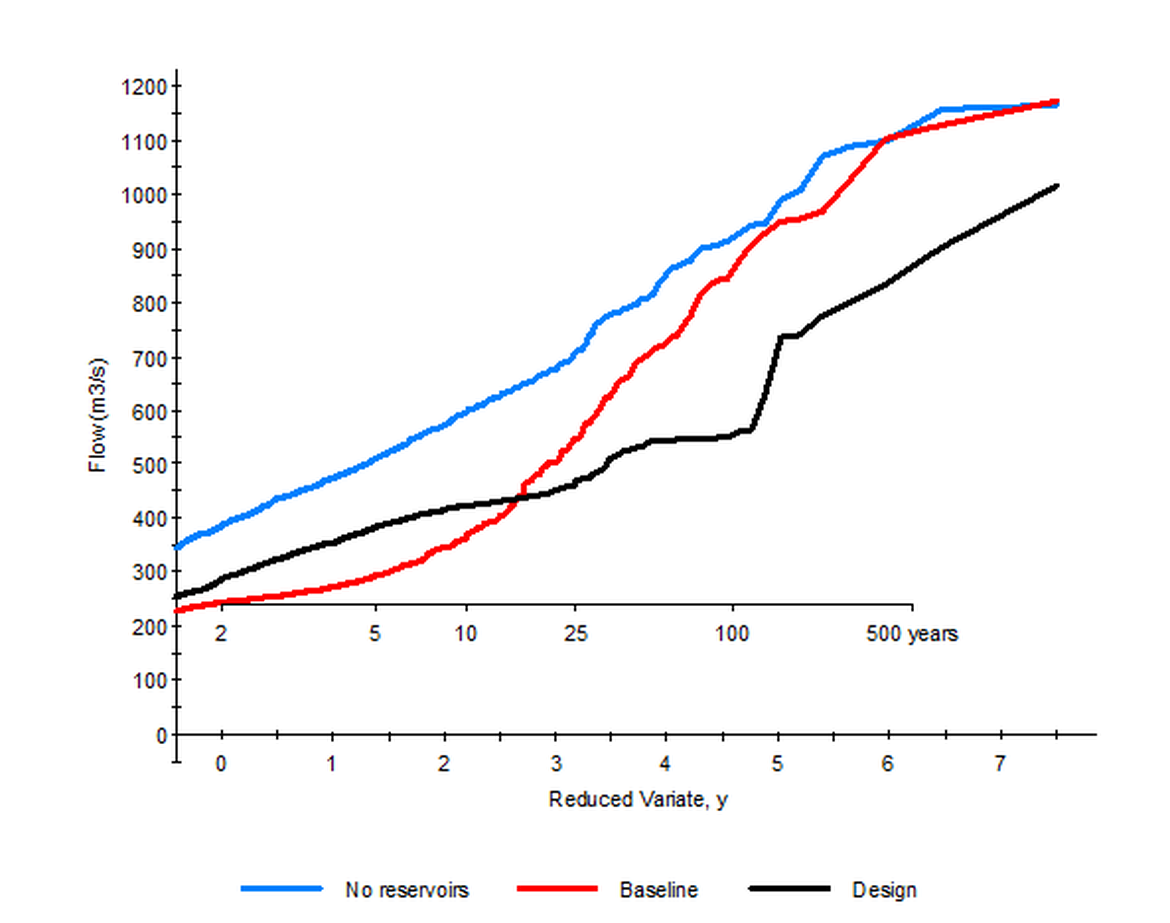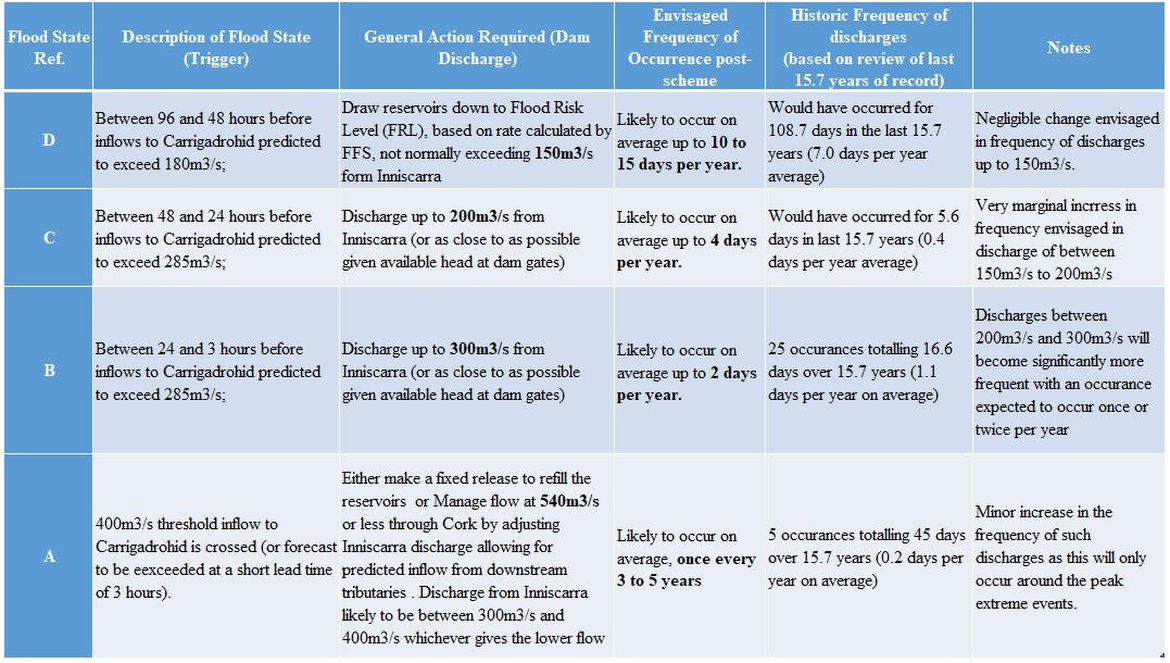Inniscarra and Carrigadrohid Dams
A key component of the LLFRS is the optimisation of the operation of both hydroelectric dams to regulate flow downstream and thus minimise flood impacts during periods of extreme rainfall and/or high tides.
A key component of the LLFRS is the optimisation of the operation of both hydroelectric dams to regulate flow downstream and thus minimise flood impacts during periods of extreme rainfall and/or high tides.


To achieve this, new flood operation procedures have been developed for Carrigadrohid and Inniscarra dams, which will be implemented during periods where extreme fluvial flood events and/or extreme tides are forecasted, and which require intervention to safely manage flood risk through Cork city.
The primary purpose of the new rules is to create storage in the reservoirs in advance of a flood that will then allow the flood volume through Cork to be better managed by modifying dam releases in consideration of flow on the downstream tributaries and the magnitude of the tide, such that the river levels in Cork are kept within the design capacity of the river system.
In the case of the 1 in 100 year fluvial flood event (1% Annual Exceedance Probability [AEP]), the design flow reaching Cork will be limited to less than 555m3/s at Waterworks Weir.

The development of the revised operational system has carefully considered the following key constraints:
The operation of the dam can be summarised as follows:
|
Normal Time
|
Most of the time, the dams will continue to operate as at present and be available to generate green energy. |
|
In advance of Predicted Extreme Event
|
The new procedures will involve increased advance discharges (with graduated increases) to create storage in advance of the flood. |
|
During Fluvial Event
|
During the rising flood, continued increased discharges, not exceeding the threshold of flooding, will ensure that dam storage is retained until it is needed at the peak of the event.
|
|
During Tidal Event
|
The New Rules will allow dam discharges to be managed optimally in conjunction with the tidal cycle, and inflows on downstream tributaries.
|
Within any given flood event, the operation of the dam management will be proportionate to the risk. Essentially, at longer lead times, when there is greater uncertainty, advance discharges will be relatively modest, ramping up as the peak of the predicted event gets closer, and as the scale and volume of the event become less uncertain. The table below sets out the different proposed Flood States, which increase in severity from D to A.

Postal address: OPW, 1 George's Quay, Dublin, D02 Y098
Email: lowerleefrs@arup.com
Follow us on Twitter:
![]() @opwireland
@opwireland
![]() @llfrscork | Instagram:
@llfrscork | Instagram:
![]() llfrscork | Facebook:
llfrscork | Facebook:
![]() LLFRSCORK
LLFRSCORK
Copyright 2020, All rights reserved